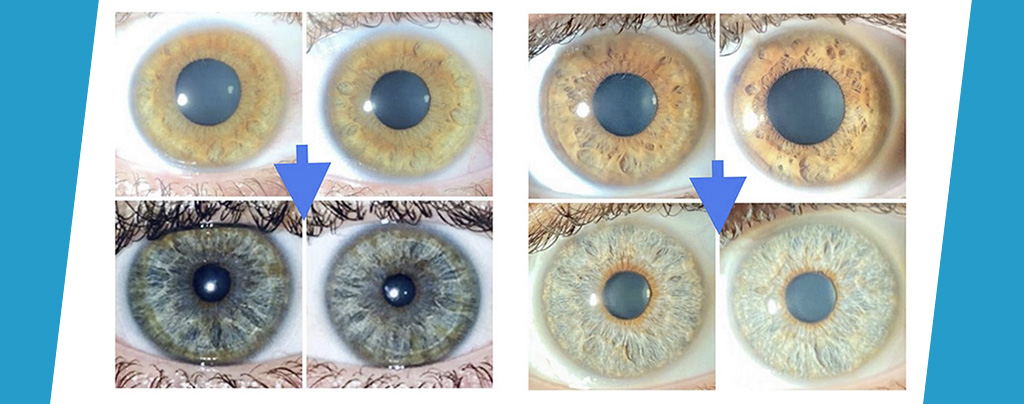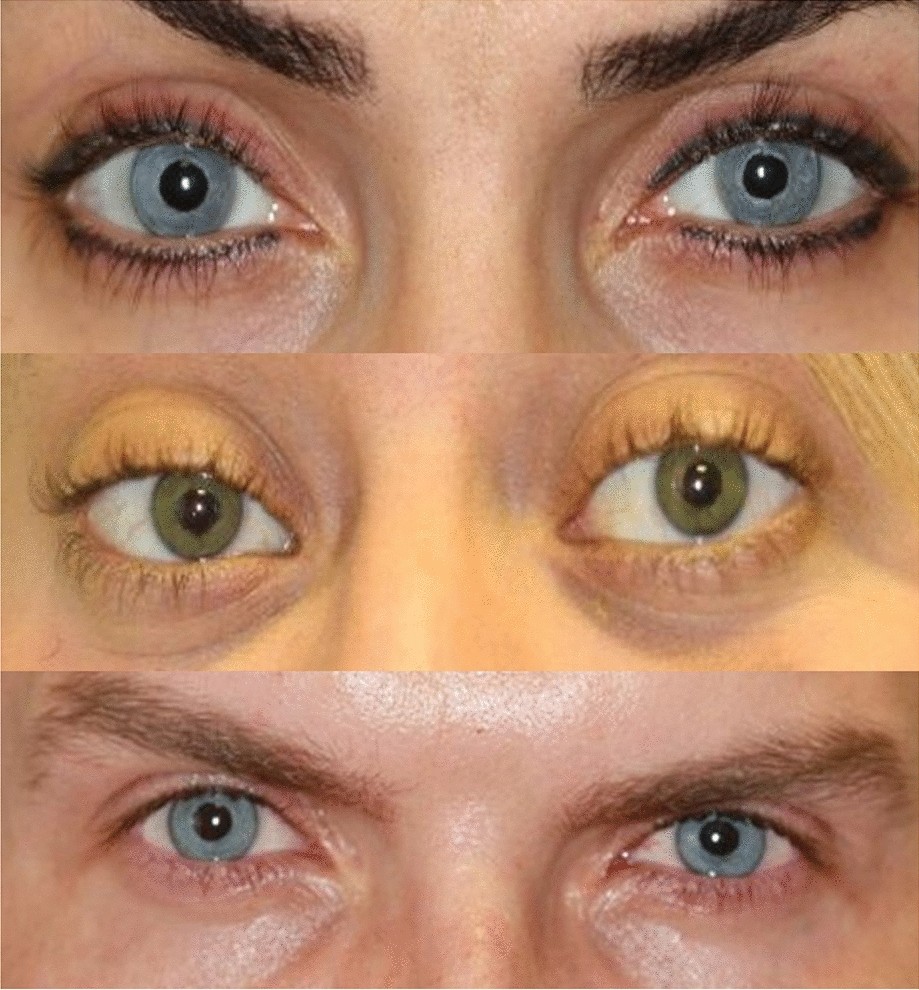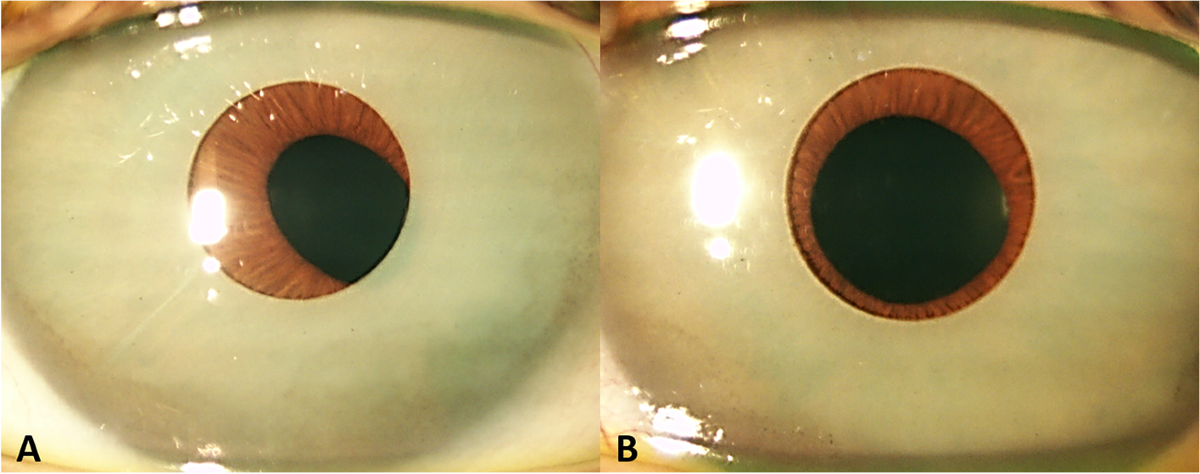Laser Eye Color Change Complications: What You Need to Know Before Considering This Risky Procedure

- Understanding Laser Eye Color Change Procedures
- FDA Approval Status: A Critical Concern
- Alarming Complication Statistics
- Detailed Breakdown of Complications
- Long-Term Consequences and Management
- Case Studies: Real Patient Experiences
- Expert Opinions and Medical Community Response
- Geographic Considerations and Medical Tourism
- Safer Alternatives for Eye Color Change
- Red Flags: How to Identify Unsafe Providers
- Financial Considerations and Hidden Costs
- Legal and Ethical Considerations
- The Future of Eye Color Change
- Making an Informed Decision
- Conclusion: Protecting Your Vision
- FAQ: Laser Eye Color Change Complications (2025)
The dream of changing your eye color permanently has captured the imagination of millions, especially with the rise of social media showcasing dramatic before-and-after transformations. However, behind the glossy marketing and influencer endorsements lies a concerning reality: laser eye color change procedures carry significant risks and complications that can result in permanent vision loss, blindness, and other serious eye problems.
In 2024, the American Academy of Ophthalmology issued a stark warning about these trending procedures, citing alarming complication rates and the lack of FDA approval for cosmetic eye color change surgeries. This comprehensive guide examines the various laser eye color change techniques, their complications, and what you need to know to protect your vision.
Understanding Laser Eye Color Change Procedures

There are several surgical approaches to permanently changing eye color, each targeting different parts of the eye structure. The most common procedures include:
1. Keratopigmentation (Corneal Tattooing)
Keratopigmentation, also known as corneal tattooing, involves using a needle or laser to create channels in the cornea and inject colored pigments. This procedure essentially tattoos the cornea to change the apparent eye color by covering the natural iris underneath.
How it works:
- A femtosecond laser creates a circular tunnel in the corneal stroma
- Colored pigments are injected through the tunnel using a specialized cannula
- The pigments remain permanently embedded in the cornea
2. Laser Iris Depigmentation
This procedure uses a neodymium: yttrium-aluminum-garnet (Nd:YAG) laser to remove melanin pigments from the iris surface. The goal is to reveal lighter colors beneath the natural brown pigmentation.
3. Iris Implant Surgery
While not technically a "laser" procedure, iris implants involve surgically placing artificial colored silicone discs over the natural iris to change eye color.
FDA Approval Status: A Critical Concern

No eye color change procedure has been approved by the U.S. Food and Drug Administration (FDA) for cosmetic purposes. This is a crucial fact that many patients considering these procedures don't realize.
According to the FDA, an FDA spokesperson stated: "The FDA is not aware of any medical devices with an FDA-approved indication solely to permanently change an individual's eye color."
The lack of FDA approval means:
- These procedures haven't undergone rigorous safety testing
- Long-term effects remain largely unknown
- Quality control standards may vary significantly
- Insurance typically won't cover complications
- Legal recourse may be limited in case of adverse outcomes
Alarming Complication Statistics

Recent studies have revealed shocking complication rates for cosmetic eye color change procedures:
Iris Implant Complications
According to a 2024 study published in the New York Post, iris implant surgery has a staggering 92% likelihood of complications, making it potentially the most dangerous cosmetic surgery available.
A comprehensive French study of 65 eyes that underwent cosmetic iris implant placement found:
- Only 7.7% of eyes experienced no complications
- 92.3% had at least one complication
- 78.5% developed corneal decompensation
- 52.3% required glaucoma surgery
- 20% needed corneal transplants
Keratopigmentation Complications
While keratopigmentation has been promoted as the "safer" alternative, studies show concerning complication rates:
- 30% of patients experience excessive light sensitivity
- 12 out of 40 patients in a 2021 study reported temporary light sensitivity
- 2.5% developed progressive corneal ectasia requiring additional treatment
Detailed Breakdown of Complications
1. Vision-Threatening Complications
Glaucoma (33-52% of cases)
- Elevated intraocular pressure that can cause permanent optic nerve damage
- Often requires multiple surgeries to control
- Can lead to complete blindness if untreated
Corneal Decompensation (78.5% in iris implant cases)
- Breakdown of the cornea's protective layer
- Results in permanent cloudiness and vision loss
- May require corneal transplant surgery
Cataracts (13-40% of cases)
- Premature clouding of the eye's natural lens
- Requires surgical removal and lens replacement
- Average age of cataract development: 34-36 years (much younger than normal)
2. Infection and Inflammation Complications

Uveitis (60-83% of cases)
- Severe inflammation of the eye's middle layer
- Causes pain, redness, light sensitivity, and blurred vision
- Can become chronic and require long-term treatment
Bacterial and Fungal Infections
- Can occur during or after surgery
- May lead to corneal scarring and permanent vision loss
- Some infections are resistant to treatment
Endophthalmitis
- Severe infection inside the eye
- Can cause complete blindness
- Requires emergency treatment
3. Corneal Complications
Corneal Perforation
- Complete break through the cornea
- Requires immediate surgical repair
- Can result in permanent vision loss
Corneal Scarring
- Permanent white or cloudy areas on the cornea
- Impairs vision quality
- May require corneal transplant
Fluid Leakage
- Breakdown of corneal structure
- Can lead to corneal swelling and vision distortion
- Often irreversible
4. Light Sensitivity and Visual Disturbances
Photophobia (25-49% of cases)
- Severe sensitivity to light
- Can be permanent and debilitating
- May require special protective eyewear
Halos and Starbursts
- Visual disturbances especially noticeable at night
- Can impair driving and daily activities
- Often permanent
Decreased Visual Acuity
- Reduction in sharpness of vision
- May progress over time
- Can affect quality of life significantly
Long-Term Consequences and Management

Surgical Interventions Required
Patients with complications often require multiple corrective surgeries:
Explantation Surgery (81.5% of iris implant cases)
- Removal of artificial iris implants
- Complex procedure with additional risks
- Average time to explantation: 2.3 years
Corneal Transplant Surgery (20% of cases)
- Replacement of damaged corneal tissue
- Requires lifelong immunosuppressive medications
- Risk of transplant rejection
Glaucoma Surgery (21-33% of cases)
- Procedures to lower eye pressure
- May include drainage implants or filtering surgery
- Often requires multiple interventions
Impact on Future Eye Care
Diagnostic Difficulties
- Pigments can interfere with routine eye examinations
- May mask or complicate detection of other eye diseases
- Can affect monitoring of conditions like glaucoma or retinal problems
Limited Treatment Options
- Some complications may be irreversible
- Traditional treatments may be less effective
- May require specialized care not available everywhere
Case Studies: Real Patient Experiences
Case Study 1: Instagram Model's Partial Blindness
A widely reported case involved an Instagram model who underwent cosmetic iris implant surgery and subsequently developed partial blindness. According to Healthline, the patient experienced severe complications including:
- Significant vision loss
- Chronic inflammation
- Need for multiple corrective surgeries
Case Study 2: Laser Depigmentation Failure
A 25-year-old Caucasian female underwent laser iris depigmentation to change her eye color but developed:
- Severe photophobia (light sensitivity)
- Extensive iris stromal atrophy
- Dissatisfaction with the final color achieved
- Need for additional keratopigmentation surgery
Expert Opinions and Medical Community Response

American Academy of Ophthalmology's Position
Dr. JoAnn A. Giaconi, clinical spokesperson for the American Academy of Ophthalmology, stated: "Don't think that these surgeries carry no risk. No surgery is free of risk. With purely cosmetic surgeries on the eye, it's just not worth the risk when it comes to your good vision."
Cleveland Clinic's Warning
According to Cleveland Clinic, ophthalmologist Dr. Nicole Bajic emphasized: "We do not recommend these sorts of procedures. A lot can go wrong for something done purely for cosmetic reasons. It's not worth the risk."
International Medical Consensus
The medical community worldwide has expressed serious concerns:
- The European Society of Cataract and Refractive Surgeons warns against cosmetic iris implants
- Multiple countries have restricted or banned certain procedures
- Medical journals continue to publish case reports of severe complications
Geographic Considerations and Medical Tourism
High-Risk Destinations
Many patients travel abroad for these procedures, often to countries with less stringent regulations:
- Limited follow-up care available after returning home
- Different safety standards and surgical protocols
- Language barriers affecting informed consent
- Legal recourse complications in case of malpractice
Challenges with Medical Tourism
Continuity of Care Issues:
- Local doctors may be unfamiliar with the specific procedures
- Original surgeon may not be available for complications
- Different medical record systems and communication barriers
Insurance and Liability:
- Most insurance plans don't cover complications from cosmetic procedures performed abroad
- Medical malpractice laws vary significantly between countries
- Legal remedies may be limited or impossible to pursue
Safer Alternatives for Eye Color Change

FDA-Approved Colored Contact Lenses
The American Academy of Ophthalmology strongly recommends FDA-approved colored contact lenses as the safest way to change eye color:
Benefits of Colored Contacts:
- Reversible and non-permanent
- FDA-regulated for safety
- Wide variety of colors available
- Prescription required ensures proper fitting
- Regular monitoring by eye care professionals
Top FDA-Approved Brands:
- Air Optix Colors
- Acuvue Define
- FreshLook (recently discontinued, but alternatives available)
- Solotica (for certain models)
Temporary Options
Colored Contact Lenses for Special Occasions:
- Daily disposable options for occasional use
- Special effect lenses for costumes or photography
- Enhancement lenses for subtle color changes
Red Flags: How to Identify Unsafe Providers
Warning Signs to Avoid
Marketing Red Flags:
- Guarantees of "100% safe" procedures
- Minimizing or ignoring potential complications
- Pressure to decide quickly
- Testimonials without verifiable medical outcomes
- Social media-heavy marketing with before/after photos
Provider Red Flags:
- Not a board-certified ophthalmologist
- Performing procedures in non-medical settings
- Unable to provide detailed complication rates
- No long-term follow-up plans
- Unwilling to discuss alternatives
Questions to Ask Potential Providers
- What is your complication rate for this specific procedure?
- How many of these procedures have you performed?
- What is your plan for managing complications?
- Can you provide references from previous patients?
- What are the long-term follow-up requirements?
- Are you board-certified in ophthalmology?
Initial Procedure Costs
Typical Price Ranges:
- Keratopigmentation: $8,000-$15,000 per procedure
- Iris implants: $5,000-$10,000 per eye
- Laser depigmentation: $3,000-$8,000 per eye
Hidden and Additional Costs
Complication Management:
- Multiple follow-up surgeries: $10,000-$50,000+
- Corneal transplant: $25,000-$50,000 per eye
- Glaucoma management: $5,000-$20,000 annually
- Vision rehabilitation services
- Ongoing medication costs
Insurance Considerations:
- Most procedures not covered by insurance
- Complications may not be covered if procedure was cosmetic
- Disability insurance may not apply to elective cosmetic procedures
Legal and Ethical Considerations
Informed Consent Issues
Many patients report inadequate informed consent, including:
- Underestimation of complication risks
- Lack of discussion about alternatives
- Insufficient information about long-term consequences
- Pressure to sign consent forms quickly
Malpractice Considerations
The medical community increasingly considers certain procedures as potential malpractice:
- Cosmetic iris implants are particularly controversial
- Several medical societies have issued warnings
- Legal precedents are being established in various countries
The Future of Eye Color Change
Research and Development
Legitimate Research Areas:
- Gene therapy for inherited eye color conditions
- Improved contact lens technologies
- Reversible pigmentation techniques
- Better surgical materials and methods
Regulatory Developments:
- Increased FDA scrutiny of existing procedures
- Potential approval pathways for safer techniques
- International cooperation on safety standards
What Patients Should Expect
The future may bring safer options, but current procedures remain high-risk:
- Any legitimate breakthrough will require extensive testing
- FDA approval process will take years
- Initial approved procedures will likely be for medical, not cosmetic, use
Making an Informed Decision
Risk-Benefit Analysis
Before considering any eye color change procedure, honestly evaluate:
Potential Benefits:
- Desired aesthetic change
- Possible increased confidence
- Permanent results (if successful)
Documented Risks:
- 50-90% chance of complications depending on procedure
- Possible permanent vision loss or blindness
- Need for multiple corrective surgeries
- Significant financial burden
- Lifelong monitoring requirements
Alternative Approaches
Safer Options to Consider:
- High-quality colored contact lenses
- Makeup techniques to enhance natural eye color
- Digital editing for photographs
- Acceptance and appreciation of natural eye color
Conclusion: Protecting Your Vision
The desire to change one's eye color is understandable, but the current state of laser eye color change procedures presents unacceptable risks for cosmetic purposes. With complication rates ranging from 30% to 92% depending on the procedure, and the potential for permanent blindness, these surgeries should be approached with extreme caution.
Key Takeaways:
- No cosmetic eye color change procedure is FDA-approved
- Complication rates are alarmingly high (30-92% depending on procedure)
- Many complications are permanent and vision-threatening
- Safer alternatives exist in the form of FDA-approved colored contact lenses
- The medical community strongly advises against these procedures for cosmetic purposes
Your vision is irreplaceable. While the allure of permanently changing your eye color may be strong, the risks far outweigh the potential benefits. If you're considering any eye color change procedure, consult with multiple board-certified ophthalmologists, carefully review all alternatives, and seriously consider whether the temporary aesthetic benefit is worth risking your sight.
Remember: No cosmetic change is worth losing your vision.
FAQ: Laser Eye Color Change Complications (2025)
Sources and Medical References:

Leave a Reply